It looks like you're using an Ad Blocker.
Please white-list or disable AboveTopSecret.com in your ad-blocking tool.
Thank you.
Some features of ATS will be disabled while you continue to use an ad-blocker.
share:
As promised , here is the long waited for 2013 thread .. or with all of the OMG its the end of the world hype this thread really was not waited on
by some of you.. i for one knew 2013 would come and it will come .. as Dec 21 has come and gone with sadly not even a large quake . for that im a
bit disappointed ..
HERE are the previous Volcano watch threads and the highlights of those expected and unexpected volcanic eruptions ....
www.abovetopsecret.com... ( 2012 as far as i can tell has been the usual run of the mill volcano stuff ..)
back in 2011 we had
www.abovetopsecret.com... we had the proof that there is no such thing as an extinct volcano when Nurbo blew her top after at least 10,000 years of being dormant ...
www.abovetopsecret.com... we had that major eruption that screwed up air traffic
though out europe in Iceland . and a few others


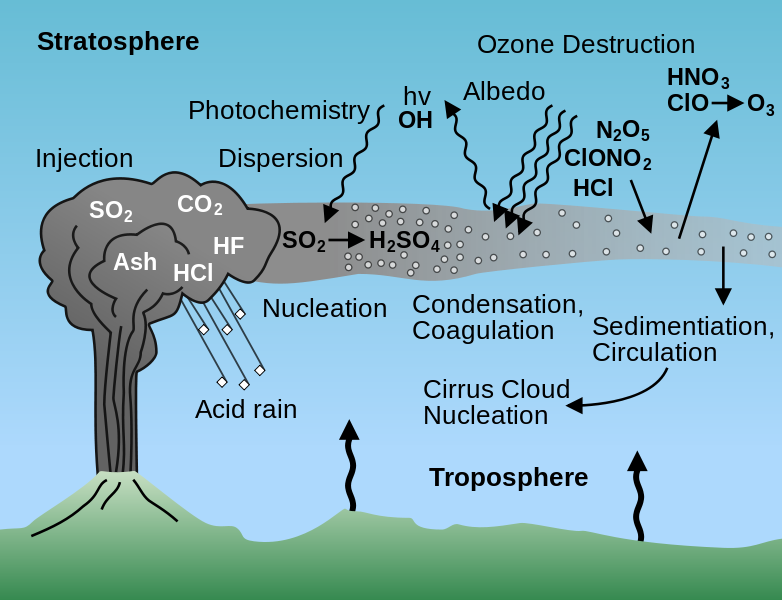
wikipedia
en.wikipedia.org...
en.wikipedia.org...:Volcano_scheme.svg
a bit about super volcanoes
and sudmarine volcanoes( volcanos that are under the vast oceans
en.wikipedia.org...
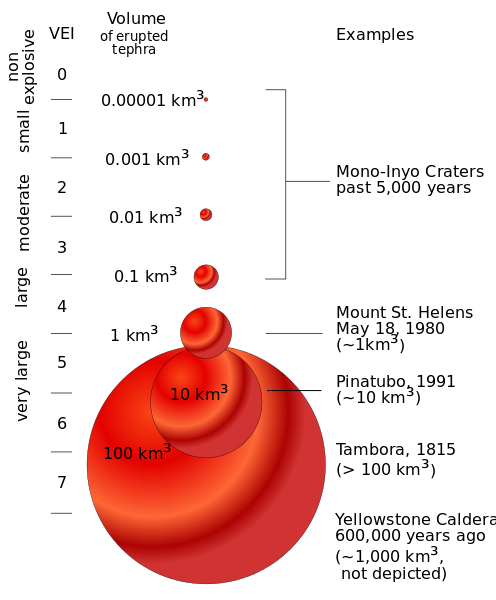
en.wikipedia.org...
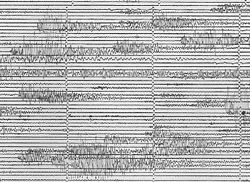
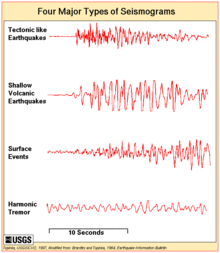
volcanoes.usgs.gov...
www.noaawatch.gov...
www.volcano.si.edu...
www.metoffice.gov.uk...
en.vedur.is...
i hope to see about the same volcanic activity that we did this year .. tho i just remember that volcano that blew over in new zealand .. how could i forget that one ....
anyway without further ado .. here we are the 2013 volcano watch thread .. add to it and educate the general public.. enjoy this coming year to the fullest...
HERE are the previous Volcano watch threads and the highlights of those expected and unexpected volcanic eruptions ....
www.abovetopsecret.com... ( 2012 as far as i can tell has been the usual run of the mill volcano stuff ..)
back in 2011 we had
www.abovetopsecret.com... we had the proof that there is no such thing as an extinct volcano when Nurbo blew her top after at least 10,000 years of being dormant ...
www.abovetopsecret.com... we had that major eruption that screwed up air traffic
though out europe in Iceland . and a few others



wikipedia
en.wikipedia.org...
en.wikipedia.org...:Volcano_scheme.svg
a bit about super volcanoes
Supervolcanoes Main article: Supervolcano See also: List of largest volcanic eruptions A supervolcano is a large volcano that usually has a large caldera and can potentially produce devastation on an enormous, sometimes continental, scale. Such eruptions would be able to cause severe cooling of global temperatures for many years afterwards because of the huge volumes of sulfur and ash erupted. They are the most dangerous type of volcano. Examples include Yellowstone Caldera in Yellowstone National Park and Valles Caldera in New Mexico (both western United States), Lake Taupo in New Zealand, Lake Toba in Sumatra, Indonesia and Ngorogoro Crater in Tanzania, Krakatoa near Java and Sumatra, Indonesia. Supervolcanoes are hard to identify centuries later, given the enormous areas they cover. Large igneous provinces are also considered supervolcanoes because of the vast amount of basalt lava erupted, but are non-explosive.
and sudmarine volcanoes( volcanos that are under the vast oceans
Submarine volcanoes Main article: Submarine volcano Submarine volcanoes are common features on the ocean floor. Some are active and, in shallow water, disclose their presence by blasting steam and rocky debris high above the surface of the sea. Many others lie at such great depths that the tremendous weight of the water above them prevents the explosive release of steam and gases, although they can be detected by hydrophones and discoloration of water because of volcanic gases. Pumice rafts may also appear. Even large submarine eruptions may not disturb the ocean surface. Because of the rapid cooling effect of water as compared to air, and increased buoyancy, submarine volcanoes often form rather steep pillars over their volcanic vents as compared to above-surface volcanoes. They may become so large that they break the ocean surface as new islands. Pillow lava is a common eruptive product of submarine volcanoes. Hydrothermal vents are common near these volcanoes, and some support peculiar ecosystems based on dissolved minerals.
en.wikipedia.org...

en.wikipedia.org...


volcanoes.usgs.gov...
www.noaawatch.gov...
www.volcano.si.edu...
www.metoffice.gov.uk...
en.vedur.is...
i hope to see about the same volcanic activity that we did this year .. tho i just remember that volcano that blew over in new zealand .. how could i forget that one ....
anyway without further ado .. here we are the 2013 volcano watch thread .. add to it and educate the general public.. enjoy this coming year to the fullest...
reply to post by alysha.angel
Thanks, lots of good stuff here.
My money is on Krakatau popping in 2013. That would be truly awesome to get to see.
Thanks, lots of good stuff here.
My money is on Krakatau popping in 2013. That would be truly awesome to get to see.
Looking forward to the reports in 2013!
Funny thing is about this picture
That if the Siberian Traps were included, it would dwarf all of those combined. The image would spill out of your thread page, all over ATS, and would even go outside the website and spill over onto GLP!
en.wikipedia.org...
Truly unimaginable, as the mind cannot stretch that big! Let's hope THAT doesn't happen again.
Funny thing is about this picture
That if the Siberian Traps were included, it would dwarf all of those combined. The image would spill out of your thread page, all over ATS, and would even go outside the website and spill over onto GLP!
en.wikipedia.org...
Vast volumes of basaltic lava paved over a large expanse of primeval Siberia in a flood basalt event. Today the area covered is about 2 million km2—roughly equal to western Europe in land area—and estimates of the original coverage are as high as 7 million km2. The original volume of lava is estimated to range from 1 million to 4 million km3.
Truly unimaginable, as the mind cannot stretch that big! Let's hope THAT doesn't happen again.
Originally posted by TrueAmerican
Looking forward to the reports in 2013!
Funny thing is about this picture
That if the Siberian Traps were included, it would dwarf all of those combined. The image would spill out of your thread page, all over ATS, and would even go outside the website and spill over onto GLP!
en.wikipedia.org...
Vast volumes of basaltic lava paved over a large expanse of primeval Siberia in a flood basalt event. Today the area covered is about 2 million km2—roughly equal to western Europe in land area—and estimates of the original coverage are as high as 7 million km2. The original volume of lava is estimated to range from 1 million to 4 million km3.
Truly unimaginable, as the mind cannot stretch that big! Let's hope THAT doesn't happen again.
funny thing about that is the joys of image shrinking....
thanks man .. i appreciate your input and support ...
reply to post by alysha.angel
Let us not forget...Mount Rainier...a gigantic stratovolcano; one of the most dangerous volcano's in the world.
It is on the list of decade volcanoes. I live in Seattle which is about 50 miles away.
Link: en.wikipedia.org...
Let us not forget...Mount Rainier...a gigantic stratovolcano; one of the most dangerous volcano's in the world.
It is on the list of decade volcanoes. I live in Seattle which is about 50 miles away.
Link: en.wikipedia.org...
it will blow up someday, all volcano will...
tomorrow probably not, but for sure in next 100.000 Years
but not tomorrow ...
tomorrow probably not, but for sure in next 100.000 Years
but not tomorrow ...
reply to post by TrueAmerican
It is large, yes...but it doesn't contain the explosiveness of most super volcanoes. It would create lava floods, but wouldn't cause a fraction of the damage Yellowstone could produce.
It is large, yes...but it doesn't contain the explosiveness of most super volcanoes. It would create lava floods, but wouldn't cause a fraction of the damage Yellowstone could produce.
i dont think it maters which super volcano has the biggest balls, if any of them go ,we are in trouble
Originally posted by iamhobo
reply to post by TrueAmerican
It is large, yes...but it doesn't contain the explosiveness of most super volcanoes. It would create lava floods, but wouldn't cause a fraction of the damage Yellowstone could produce.
No you are correct, it would not cause a fraction of the damage. It would cause multiple times the damage. I think you under estimate the damage from lava flows. You are thinking "just a stream of lava" yes?
The little tiddler of a lava flow in Iceland - Laki - did for 2 million people in Europe.
The system erupted over an eight-month period between 1783 and 1784 from the Laki fissure and the adjoining Grímsvötn volcano, pouring out an estimated 14 km3 (3.4 cu mi) of basalt lava and clouds of poisonous hydrofluoric acid and sulfur dioxide compounds that killed over 50% of Iceland's livestock population, leading to a famine that killed approximately 25% of the island's human population.[4]
The Laki eruption and its aftermath caused a drop in global temperatures, as sulfur dioxide was spewed into the Northern Hemisphere. This caused crop failures in Europe and may have caused droughts in India. The eruption has been estimated to have killed over six million people globally,[5] making the eruption the deadliest in historical times.
Source: Wiki
Now compare that very damaging lava flow to this
The Deccan Traps formed between 60 and 68 million years ago,[2] at the end of the Cretaceous period. The bulk of the volcanic eruption occurred at the Western Ghats (near Mumbai) some 65 million years ago. This series of eruptions may have lasted less than 30,000 years in total.[3]
The original area covered by the lava flows is estimated to have been as large as 1.5 million km², approximately half the size of modern India. The Deccan Traps region was reduced to its current size by erosion and plate tectonics; the present area of directly observable lava flows is around 512,000 km2 (197,684 sq mi).
Source: Wiki
I don't think we can really visualise such an outflow, the complete atmospheric trauma, and the virtual ELE of such an event.
It would create so much damage that you would be praying for a small eruption like Yellowstone - that is if anyone survived.
Here is another little lava flow for you
Vast volumes of basaltic lava paved over a large expanse of primeval Siberia in a flood basalt event. Today the area covered is about 2 million km2—roughly equal to western Europe in land area—and estimates of the original coverage are as high as 7 million km2. The original volume of lava is estimated to range from 1 million to 4 million km3.
The Siberian Traps
And how about this one - the father of Yellowstone, or is it the son of Yellowstone?
Some time during a 10–15 million year period, lava flow after lava flow poured out, eventually reaching a thickness of more than 1.8 km (6,000 feet). As the molten rock came to the surface, the Earth's crust gradually sank into the space left by the rising lava.
In the middle Miocene, 17 to 15 Ma, the Columbia Plateau and the Oregon Basins and Range of the Pacific Northwest were flooded with lava flows. Both flows are similar in both composition and age, and have been attributed to a common source, the Yellowstone hotspot. The ultimate cause of the volcanism is still up for debate, but the most widely accepted idea is that the mantle plume or upwelling (similar to that associated with present day Hawaii) initiated the widespread and voluminous basaltic volcanism about 17 million years ago. As hot mantle plume materials rise and reach lower pressures, the hot materials melt and interact with the materials in the upper mantle, creating magma. Once that magma breaches the surface, it flows as lava and then solidifies into basalt
Source
I just love LIPs (Large Igneous Provinces)
edit on 25/12/2012 by PuterMan because: (no reason given)
reply to post by caladonea
And one of the reasons why I maintain an archive of seismograms for the Cascade volcanoes, including Rainier.
Mt rainier seismograms archive
And one of the reasons why I maintain an archive of seismograms for the Cascade volcanoes, including Rainier.
Mt rainier seismograms archive
Wow!! What a great start! I have been posting on this and the quake thread for quiet awhile and already with this new thread I have learned a couple
of things.'
Love it!
Thanks to all the contributors. You know who you are!!
Love it!
Thanks to all the contributors. You know who you are!!
reply to post by alysha.angel
Thanks for this new 2013 volcano thread. The opening information was truly informative and captured my young child's attention. We had fun
looking and learning, you made learning fun!
Now about Copahue volcano, will it be ringing in the New Year with activity? It is at red alert and demanding attention, it will be interesting to see what is going to happen.
Now about Copahue volcano, will it be ringing in the New Year with activity? It is at red alert and demanding attention, it will be interesting to see what is going to happen.
Also, some of you have mentioned the Cascadia range. Anyone getting curious as the the activity at Newberry?
11 quake last week, 49 last month? Volcano Seismicity
11 quake last week, 49 last month? Volcano Seismicity
Thanks for the thread, and the very interesting OP. It is nice to learn something new, and I always enjoy reading the Volcano Watch thread, even if I
do not have very much to post.
I will be also be watching Newberry in Central Oregon, as it seems a bit more active since the new geothermal project started. This summer, I got to camp inside the Newberry Caldera. It is very pretty there, and now I can say that I spent the night in a volcano.
However, I do not think that Oregon will be a place where we see something new happen.
Link
I will be also be watching Newberry in Central Oregon, as it seems a bit more active since the new geothermal project started. This summer, I got to camp inside the Newberry Caldera. It is very pretty there, and now I can say that I spent the night in a volcano.
However, I do not think that Oregon will be a place where we see something new happen.
Link
edit on 26-12-2012 by PacificBlue because: grammar
edit on 26-12-2012 by PacificBlue because: just read post above
mine
reply to post by AuntB
My understanding about Newberry over the last few months is that the predicted and realized activity in the area was due to the geothermal development that has been ongoing since this fall.
My understanding about Newberry over the last few months is that the predicted and realized activity in the area was due to the geothermal development that has been ongoing since this fall.
Originally posted by westcoast
Wow!! What a great start! I have been posting on this and the quake thread for quiet awhile and already with this new thread I have learned a couple of things.'
Love it!
Thanks to all the contributors. You know who you are!!
Yap
reply to post by alysha.angel
i found this link....
www.infoplease.com...
its a list of all of the volcanic eruptions in the last 30 years on a world wide scale..
i found this link....
www.infoplease.com...
its a list of all of the volcanic eruptions in the last 30 years on a world wide scale..
Photographer known as 'Volcano Man' gets dangerously close to 2,000F lava on Hawaii for incredible shots
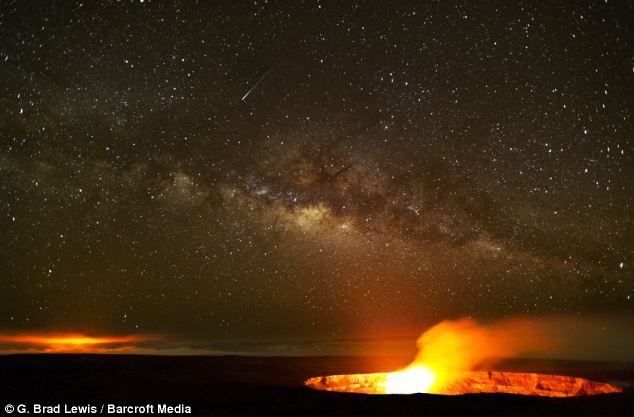
Photographer G. Brad Lewis, known as Volcano Man, risked frying his camera as he captured friends standing close to the red-hot Kilauea Volcano on the Big Island, Hawaii, in May. But several have died after getting too close to the bubbling liquid, which spews out at 2,000 degrees Fahrenheit. Read more: www.dailymail.co.uk... es.html#ixzz2GBVYz3nV

new topics
-
Thanksgiving 2024
Member Art: 2 hours ago -
The art of being offended
Social Issues and Civil Unrest: 4 hours ago -
FLORIDA Sues Biden-Harris FEMA for Denying Disaster Assistance to Homeowners with TRUMP Signs.
US Political Madness: 5 hours ago -
Turns out, they planned to go after P-nut.
US Political Madness: 9 hours ago
top topics
-
Turns out, they planned to go after P-nut.
US Political Madness: 9 hours ago, 19 flags -
The art of being offended
Social Issues and Civil Unrest: 4 hours ago, 14 flags -
FLORIDA Sues Biden-Harris FEMA for Denying Disaster Assistance to Homeowners with TRUMP Signs.
US Political Madness: 5 hours ago, 12 flags -
Sick sick sick ---graphic story
Social Issues and Civil Unrest: 15 hours ago, 7 flags -
Thanksgiving 2024
Member Art: 2 hours ago, 3 flags
active topics
-
Thanksgiving 2024
Member Art • 5 • : BingoMcGoof -
The Acronym Game .. Pt.4
General Chit Chat • 952 • : JJproductions -
FLORIDA Sues Biden-Harris FEMA for Denying Disaster Assistance to Homeowners with TRUMP Signs.
US Political Madness • 27 • : grey580 -
HHS Spent Hundreds of Millions of Dollars on DEI Initiatives Under Biden, Watchdog Finds
US Political Madness • 7 • : VariedcodeSole -
The art of being offended
Social Issues and Civil Unrest • 21 • : Kaiju666 -
Should we look for the truth, or just let it go?
US Political Madness • 120 • : chr0naut -
Elon's Starlink Stole The Election For Trump--Leftist Conspiracy Theorists Charge
General Conspiracies • 43 • : ADVISOR -
Turns out, they planned to go after P-nut.
US Political Madness • 26 • : Dalamax -
President-elect TRUMP Picks MATT GAETZ for his ATTORNEY GENERAL - High Level PANIC Ensues.
2024 Elections • 56 • : fringeofthefringe -
President-Elect DONALD TRUMP's 2nd-Term Administration Takes Shape.
Political Ideology • 182 • : matafuchs
